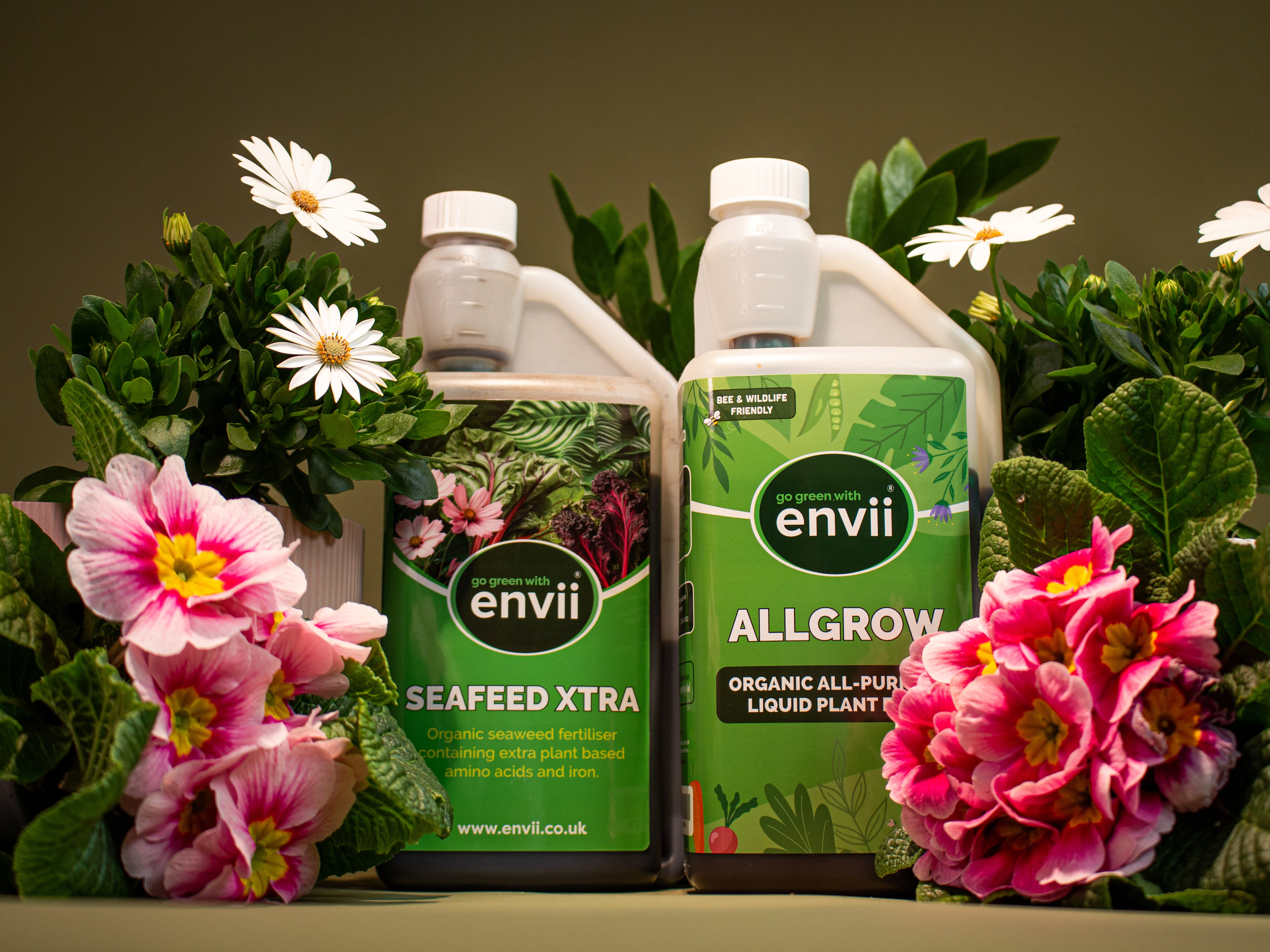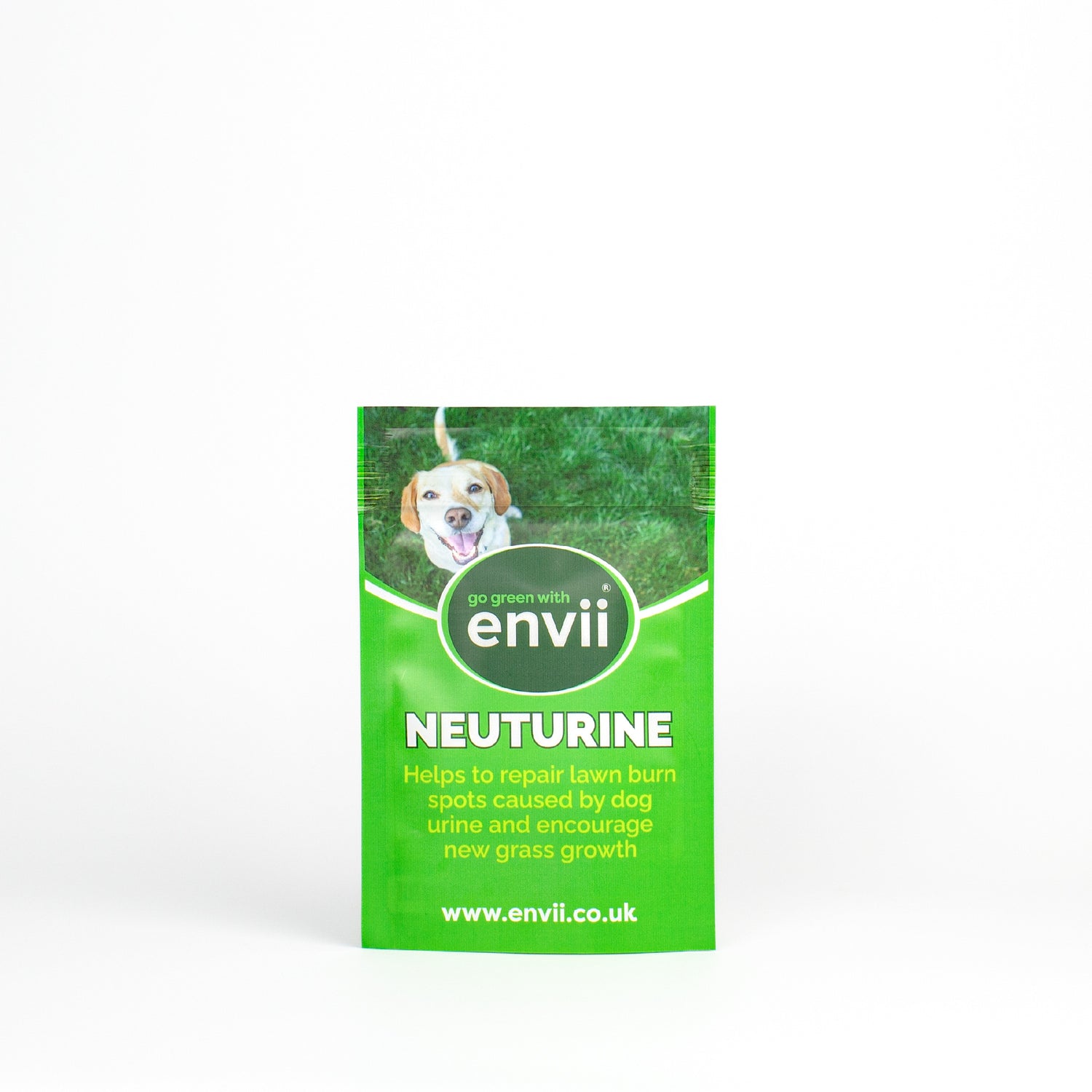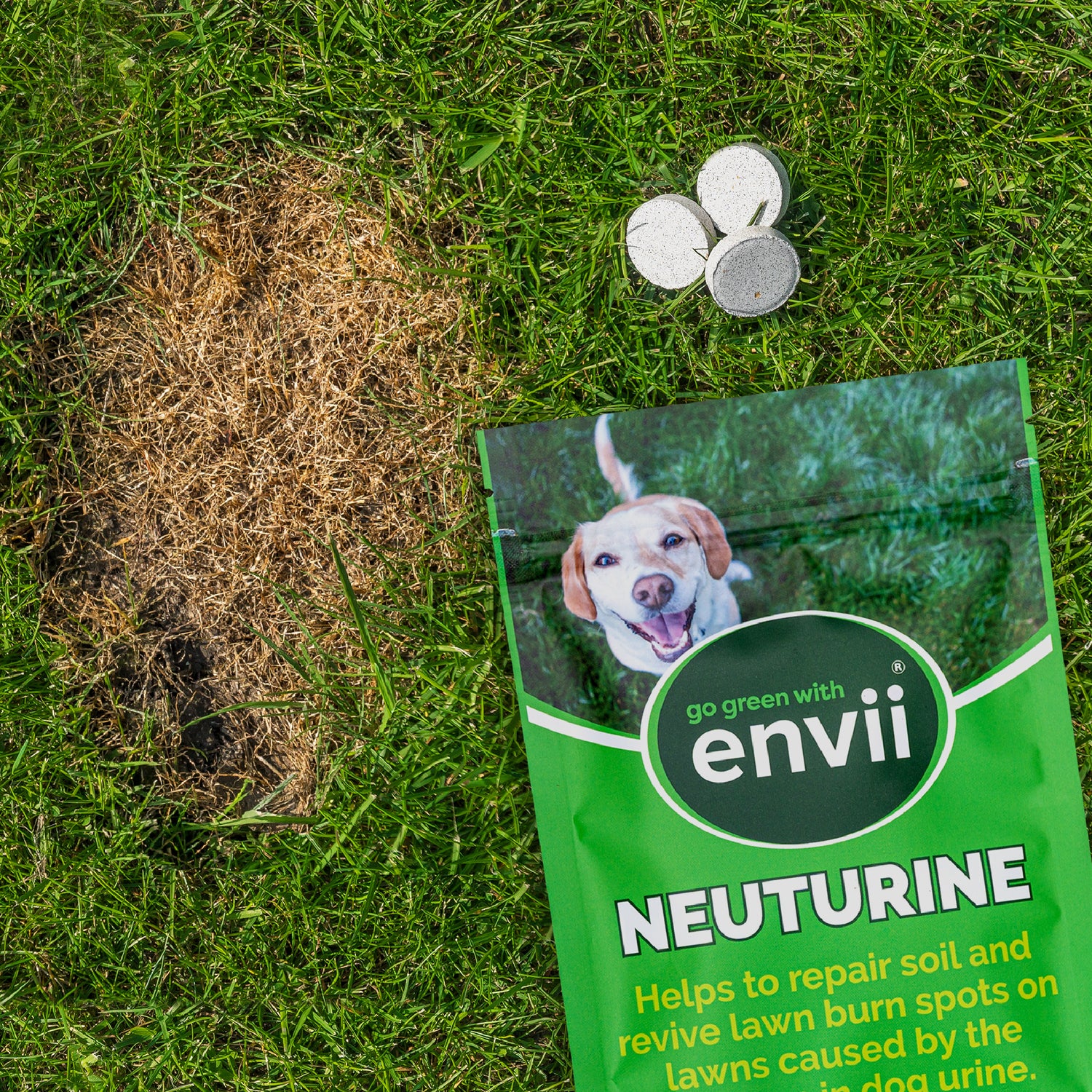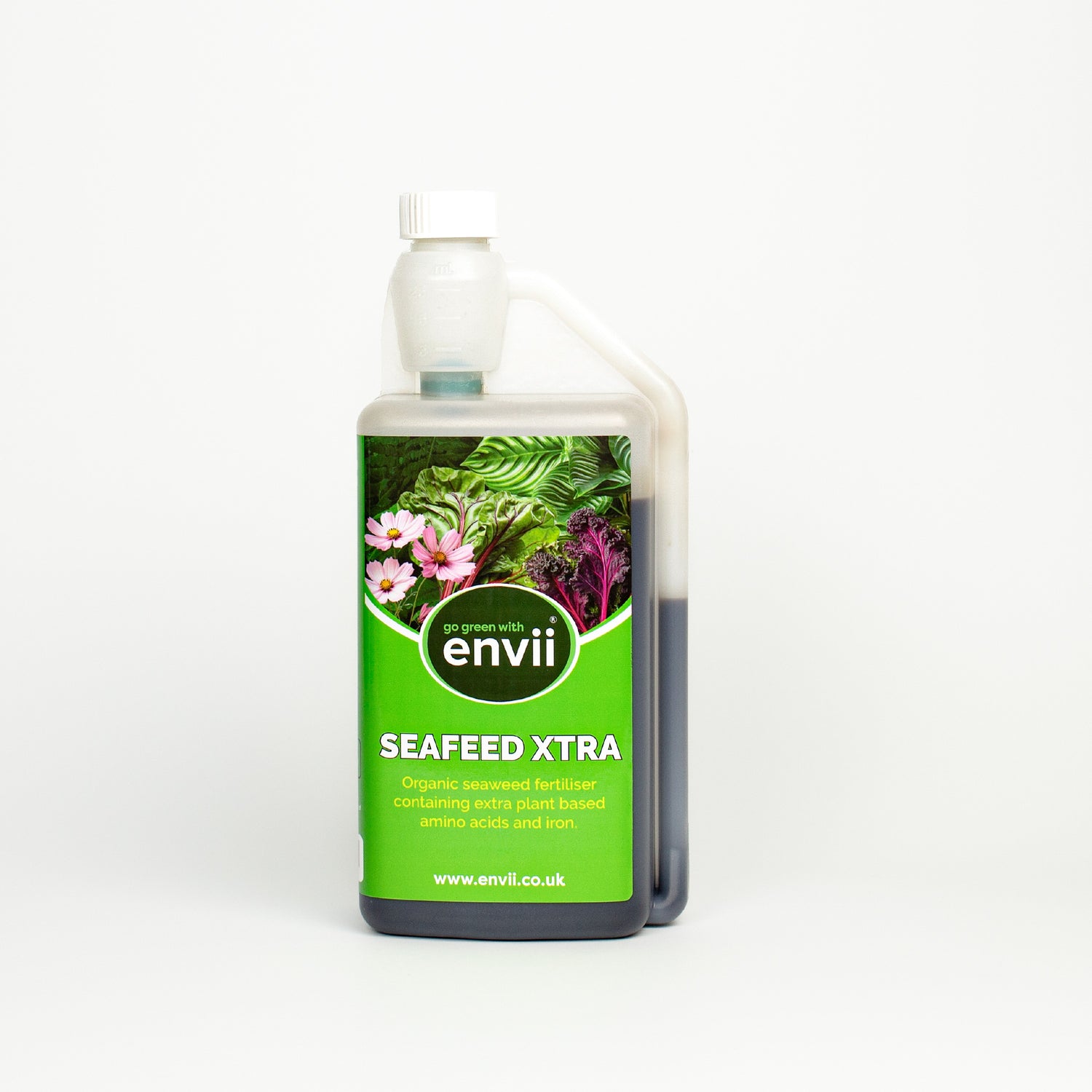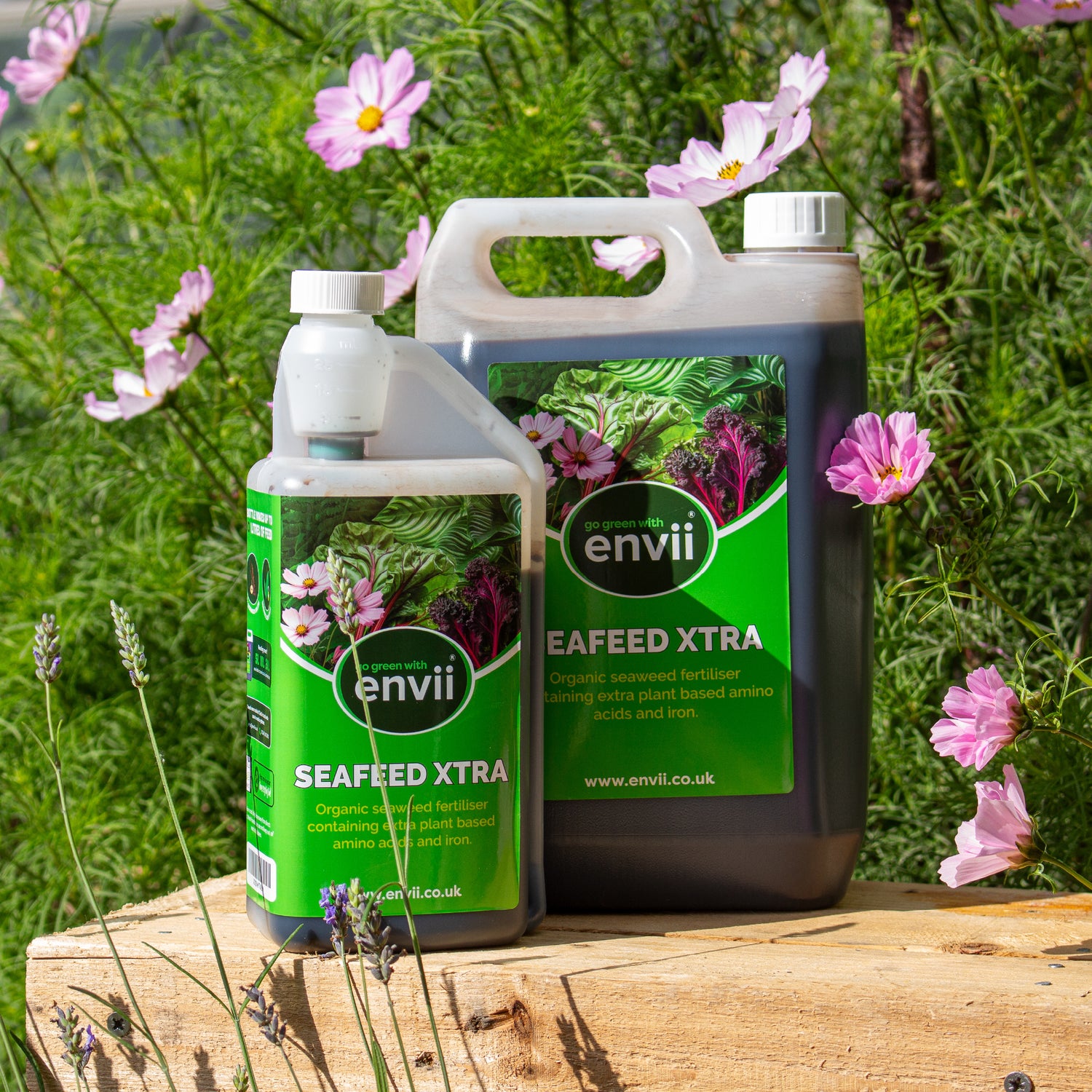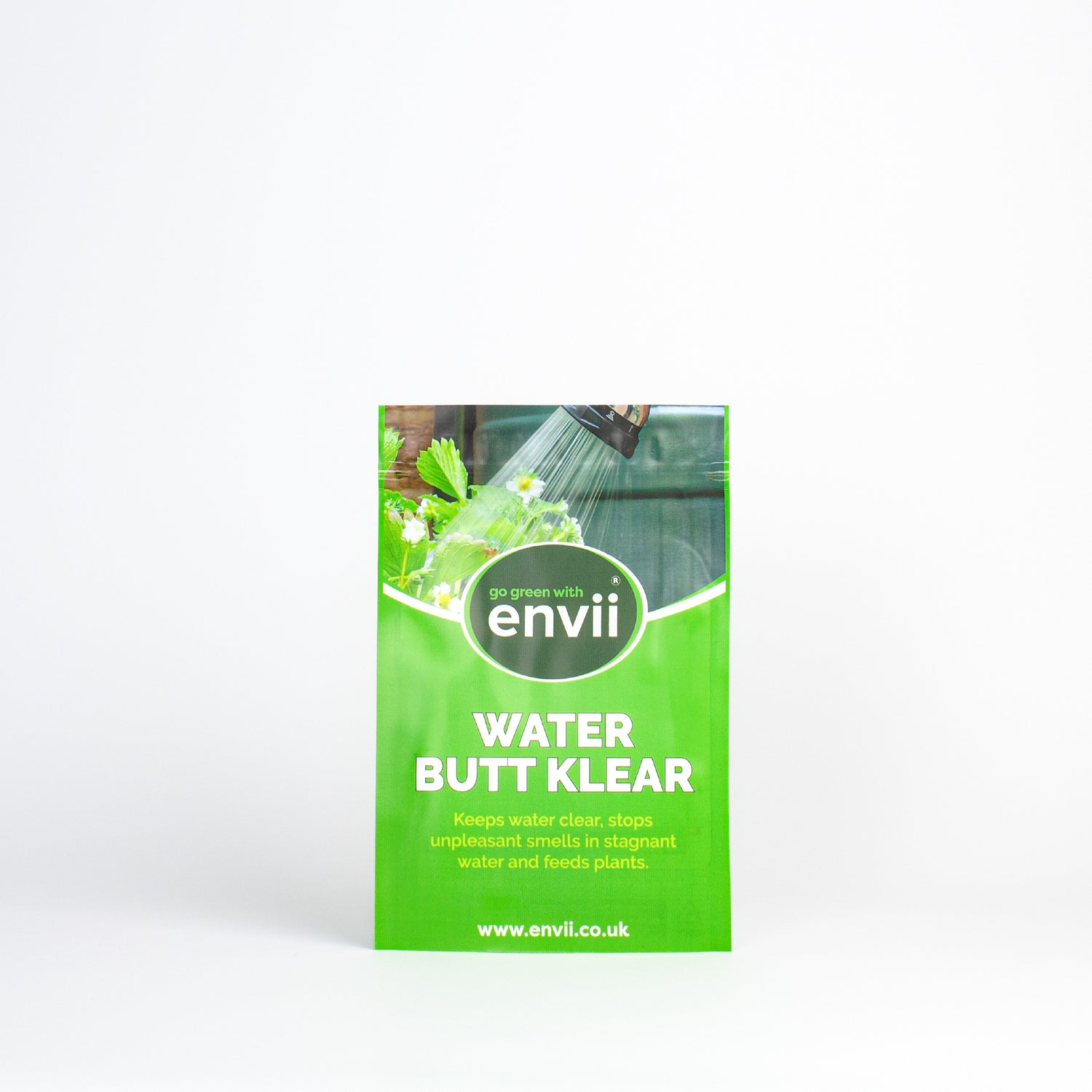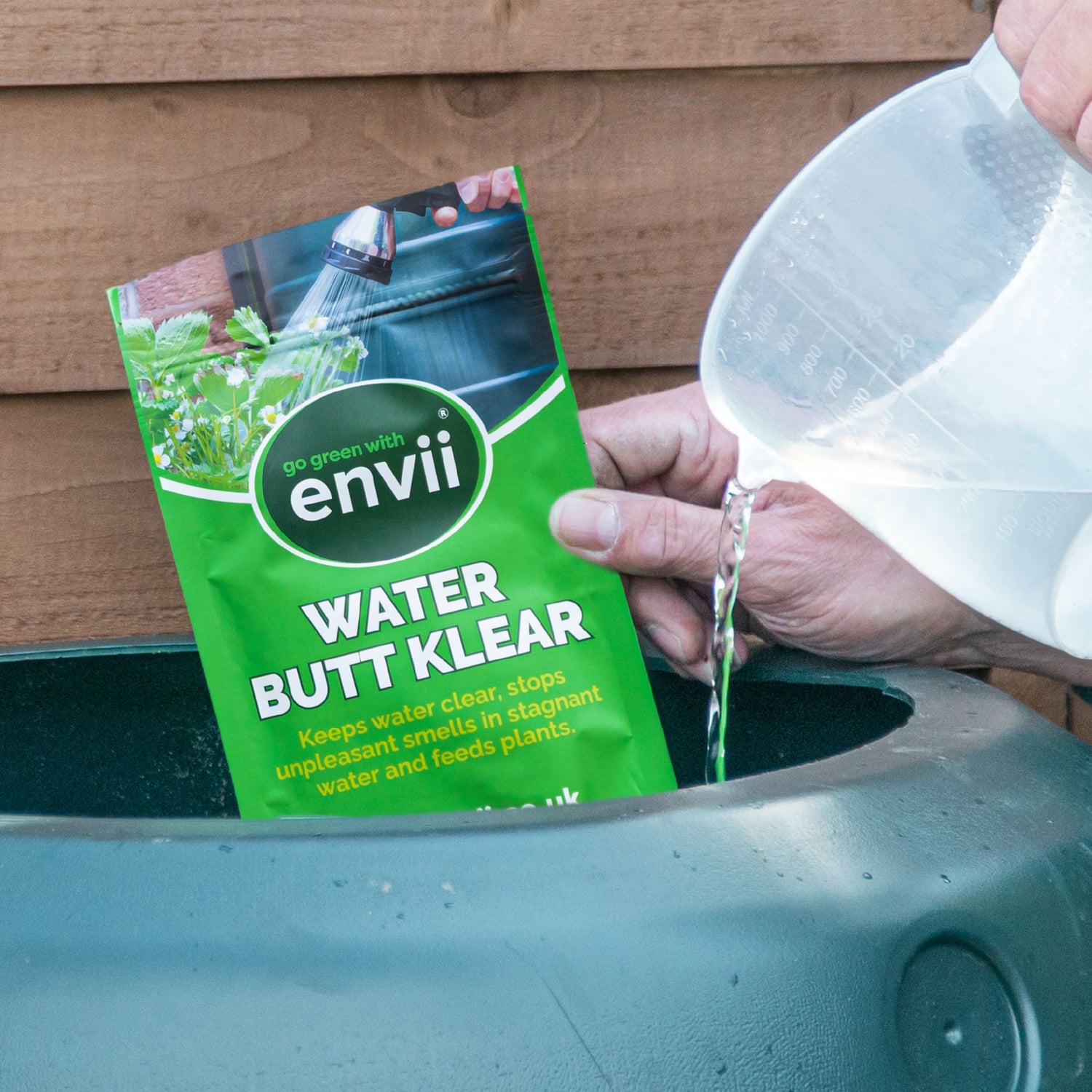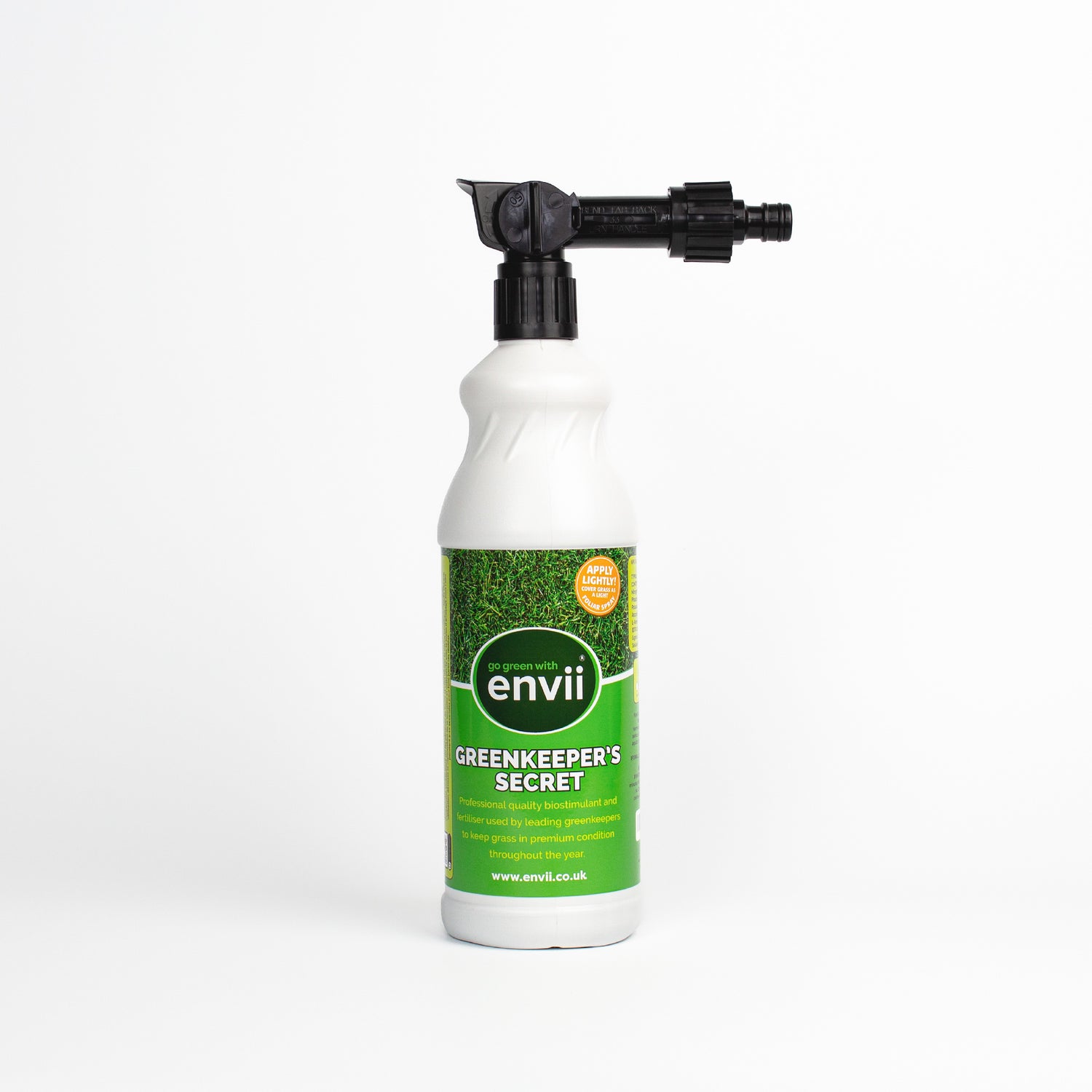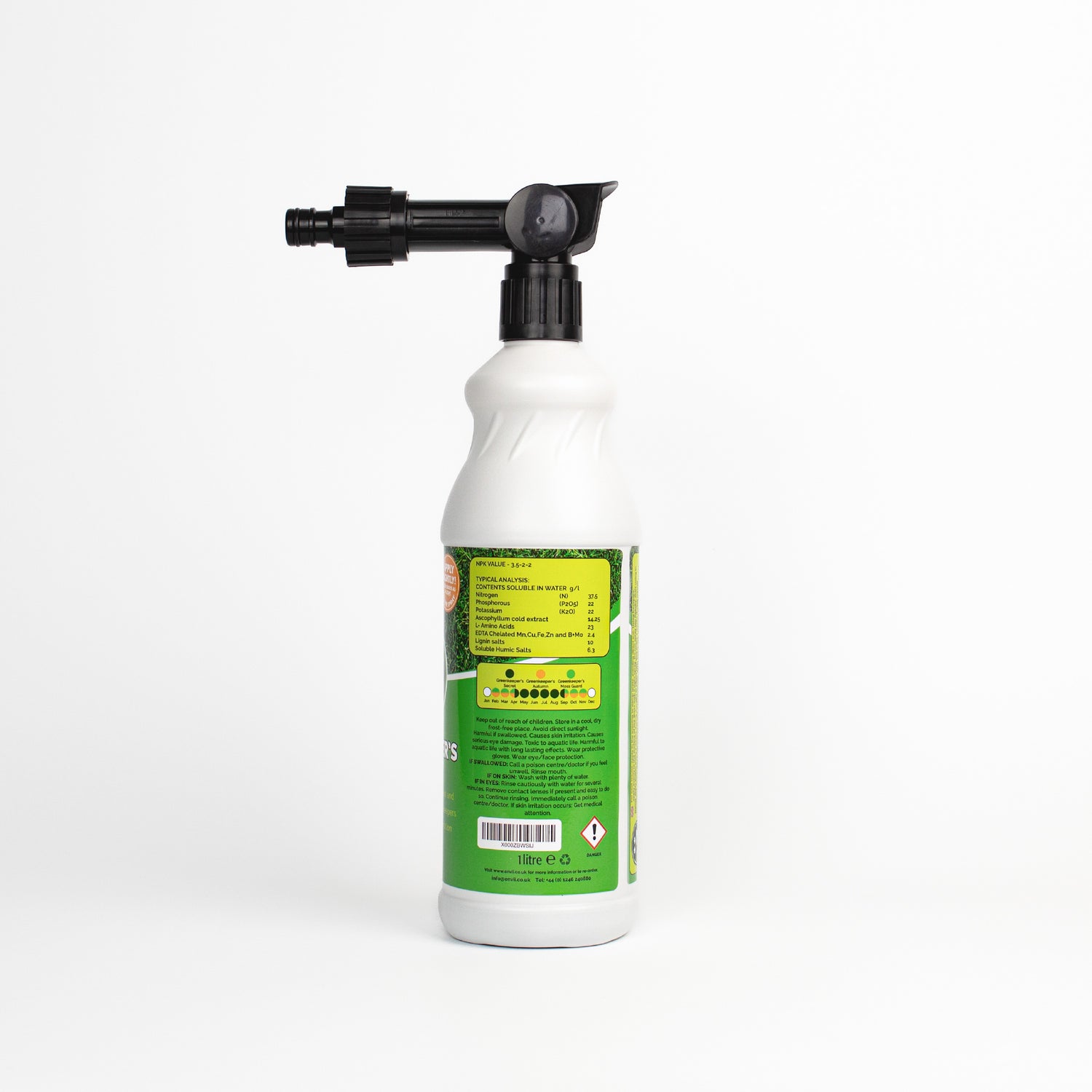Growing Garlic: The Ultimate Guide
Garlic is a versatile and easy-to-grow crop that can elevate any savoury meal whipped up in the kitchen, whilst also providing health benefits. October to February may be a quiet time for most in the garden, but it’s the perfect time to get outside and plant some garlic. This guide will walk you through every stage of growing garlic from soil preparation to storage.
Skip to:
Choosing the right garlic
Garlic comes in two main types: softneck garlic and hardneck garlic.
Hardneck Garlic: This type is ideal for colder climates, produces scapes and has a strong flavour. Examples may include Rocambole and Porcelain.
Softneck Garlic: Thrives in milder climates, stores longer and lacks a scape. Common varieties include Silverskin and Artichoke.
Choose a variety suited to your climate and personal preference.
Prepping the soil
Garlic needs loose, well-draining soil in order to thrive. Here’s how to prepare the perfect garlic bed:
Location: Choose a sunny spot with at least 6 hours of direct sunlight daily.
Organic Matter: Add well-rotted compost or aged manure to enrich the soil and improve its structure.
Drainage: Garlic plants thrive in sunny locations with good drainage. When enriching the soil with organic matter, ensure the growing medium is free-draining to avoid waterlogging. Alternatively, increase aeration and drainage with Activearth.
Tilling: Loosen the soil to a depth of at least 30cm to ensure the garlic roots can grow freely.
If you live in a mild climate, soil preparation is relatively straightforward. However, in colder regions, take precautions to protect your garlic plants as they develop slowly through the chilly season. Options like plant blankets or straw beds can help insulate them effectively.
1. Separate the Cloves: Break up the garlic bulbs to separate the individual cloves. Do this just before planting so that the cloves do not dry out.
2. Planting Depth: Make holes with a dipper, into prepared soil. Plant the cloves tip-up, approximately 5-7.5cm below the soil surface, or at a depth twice the clove’s height.
3. Spacing: Be sure to plant each garlic clove 10-15cm apart in rows that are 25-30cm apart.
4. Mulching: Apply a thick layer of organic mulch, such as straw or shredded leaves, to insulate the soil and suppress weeds during winter. Remove when the weather starts to warm up.
Feeding and Watering
Fertilising
Garlic is a heavy feeder. As this crop is in the ground for around 9 months, they will deplete the soil early on. Feed weekly from Spring until the stem starts to flop. Use a balanced, organic feed such as Allgrow.
Watering
Keep the soil consistently moist but not waterlogged. Reduce watering when the tops starts to yellow and die back to avoid rotting.
Controlling Pests and Diseases
Allium leaf miner: These are tiny pests that burrow into garlic stems and bulbs, which causes damage. Keep them out by covering your garlic in a fine mesh and rotating crops each year.
Rust: Rust shows up as orange spots on leaves and can stunt growth. Avoid overcrowding, water at the base (not the leaves) and remove infected parts quickly.
Grey Mould: This is a fuzzy grey fungus that thrives in damp conditions. Providing good drainage, and airflow and removing affected leaves early can prevent it.
Read our ultimate gardener’s guide to common plant diseases for more on pests and diseases.
Harvesting Garlic
When to Harvest
Harvest garlic when the stems start to flop and the lower leaves start to brown. This typically happens in mid-summer. Hardneck varieties grow scapes that can be harvested and used in cooking. By removing the scapes, you encourage larger bulbs.
How to Harvest
Loosen the soil around the bulbs with a garden fork or trowel. Gently lift the bulb from the ground, avoiding pulling directly on the stem. Lastly, brush off the excess soil, do not wash the bulbs.
Companion planting
Garlic is a great companion plant as it can mask the smell of other crops that would typically encourage certain pests. A great example of this is planting garlic with carrots to prevent carrot root fly. To discover more on this, read our ultimate guide to companion planting.
We hope this guide has given you the knowledge and confidence to go out into the garden and grow. By growing your own garlic, you will have an abundance of flavour at your fingertips. Happy growing!
Share
